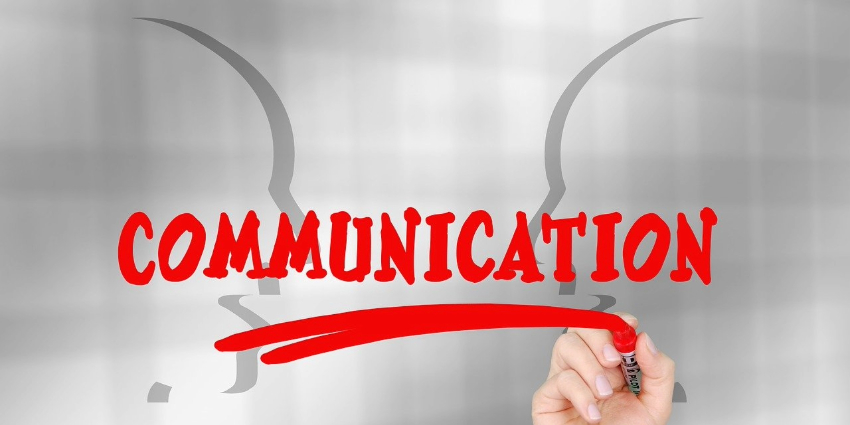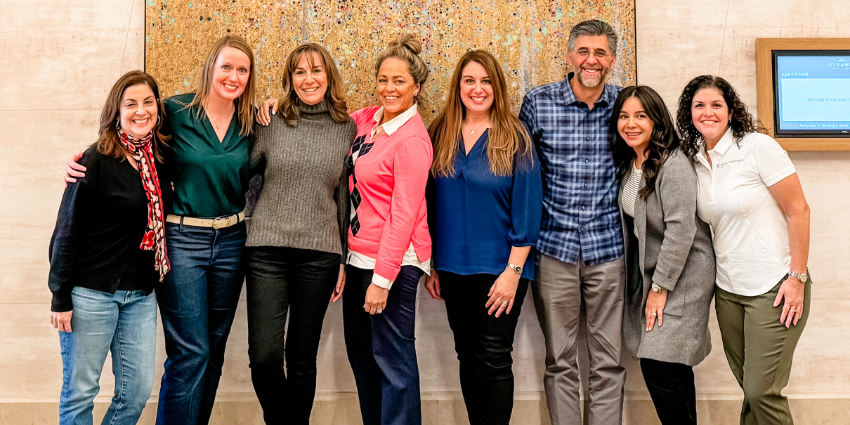In search of the latest and greatest leadership philosophies, we can sometimes overlook some tried and true methods that, if used periodically, could make a big impact on refocusing ourselves and helping others to do the same.
In a recent coaching session with a client, we found ourselves talking about priority setting, time maximization, and the power of the Urgent/Important/Not Urgent/Not Important Matrix, otherwise known to some as the “Eisenhower Principle”. My client was using this tool with a direct report and it rekindled a desire in me to share it with you all as well.
(A little background: Former President Dwight D. Eisenhower used the so-called “Eisenhower Principle” to organize his tasks. His name is often attributed to the quote, “What is important is seldom urgent and what is urgent is seldom important.” Dr. Stephen Covey brought this concept to the mainstream, calling it “The Urgent/Important Matrix” in the classic book, The 7 Habits of Highly Effective People.)
As you look at the graphic above, the aim is to spend more time in Quadrant 2, Important but Non-Urgent tasks, and lessen the time spent in Crises, Distractions, and Interruptions.
If you have some time today, or possibly this weekend, grab a piece of paper or download the activity here, and get started.
1. List your most urgent deadlines, priorities, or minor (or major) crises in Quadrant 1
2. Repeat for Quadrants 2, 3, and 4 based on the Quadrant Headings
In which quadrant are you spending the most amount of time?
Consider the following:
Q1 – Crises – If you’re spending most of your time here, how are you dealing with stress?
Q2 – Goals & Planning – Congratulations! What needs to happen so you stay in this quadrant?
Q3 – Interruptions – If you’re spending most of your time here, you may need to find ways to say “No” to others.
Q4 – Distractions – If you’re spending most of your time here, you may need to find ways to “No” to yourself.
Ultimately you are responsible for managing your attention, are you sabotaging yourself?
What could you do differently?













